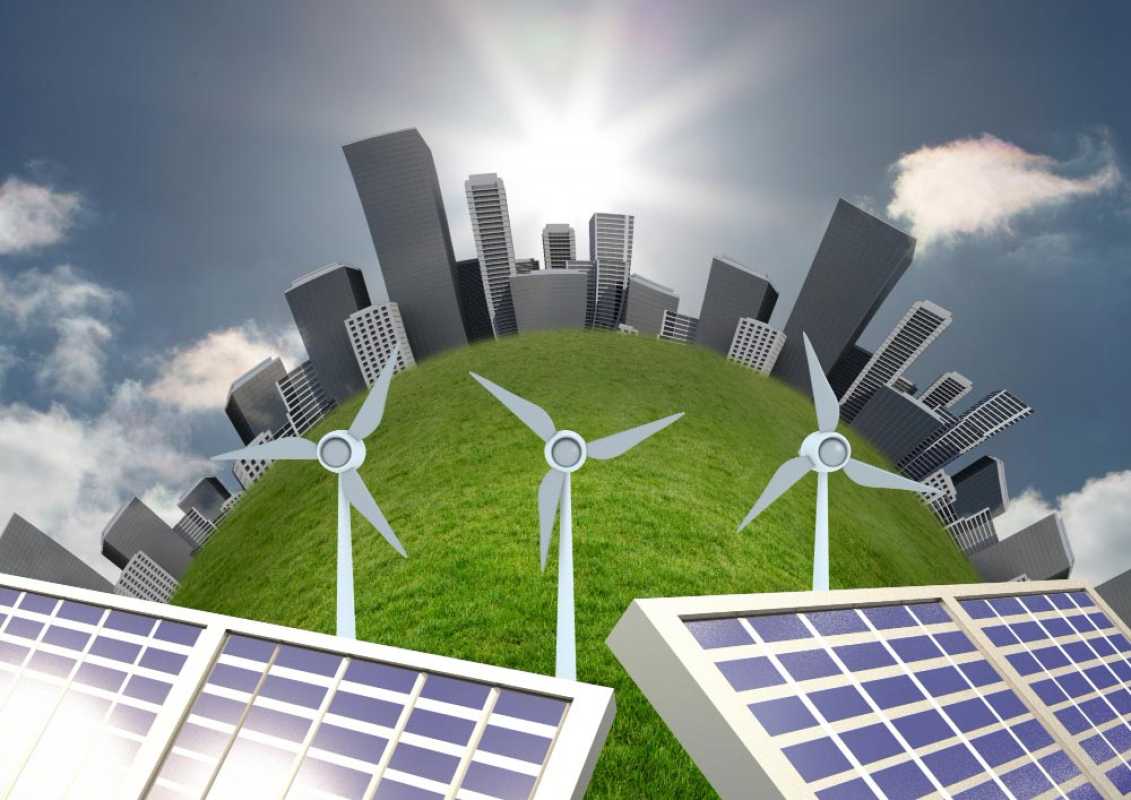Features
Innovations In Renewable Energy Technologies

Renewable energy technologies have come a long way in recent years, revolutionizing the way we harness and utilize power. As the world recognizes the urgent need to transition from fossil fuels to sustainable alternatives, innovative solutions have emerged to drive the renewable energy sector forward. In this article, we will explore some of the most exciting and promising innovations in renewable energy technologies.
Solar Energy
Solar energy is one of the fastest-growing renewable energy sources, providing a clean and abundant power supply. Recent advancements have made solar panels more efficient and cost-effective, making them increasingly accessible. However, innovation in this field doesn’t stop there.
One exciting innovation is the development of solar windows. These windows are embedded with transparent solar cells that capture sunlight and convert it into electricity. This technology allows buildings to generate power while maintaining their aesthetic appeal. Another innovation is solar skins – custom-designed panels that can be seamlessly integrated into building facades, enabling solar energy to be harnessed without altering the architectural design.
Wind Energy
As one of the most mature renewable energy technologies, wind power continues to evolve and improve. A significant innovation in this field is the advancement in offshore wind farms. These farms harness the stronger and more consistent winds available at sea, making them more productive than onshore wind farms. Floating wind turbines have also emerged as a promising solution, as they can be installed in deeper waters and take advantage of even stronger wind resources.
Moreover, researchers are working on vertical-axis wind turbines (VAWTs). Unlike traditional horizontal-axis turbines, VAWTs can effectively capture wind from any direction, making them suitable for urban environments. These turbines have a smaller footprint but offer greater versatility in terms of placement and can be installed on rooftops, bridges, and other structures.
Hydroelectric Power
Hydropower has long been used to generate electricity, but recent innovations have focused on improving its environmental impact and efficiency. One area of innovation is the development of low-head hydropower systems. These systems allow for the generation of power from low-velocity water sources, such as canals or small rivers, without the need for large dams or reservoirs.
In addition, new turbine designs like fish-friendly turbines have been developed to address ecological concerns. These turbines are designed to minimize the impact on fish populations by providing safer passage through the generation process. This innovation not only increases the sustainability of hydropower but also protects aquatic ecosystems.
Geothermal Energy
Geothermal energy harnesses the natural heat from the Earth’s core to generate electricity and provide heating. Innovations in this field focus on expanding geothermal resources and making them more accessible. One notable innovation is enhanced geothermal systems (EGS), which utilize hydraulic fracturing techniques to create underground reservoirs to access geothermal energy in regions with low natural permeability.
Another advancement in geothermal energy is the development of small-scale modular geothermal power plants. These plants can be installed in urban areas or remote locations and are designed to be more cost-effective and scalable. This innovation opens up new possibilities for geothermal energy utilization, especially in areas without traditional geothermal reservoirs.
Tidal and Wave Energy
Tidal and wave energy technologies harness the power of the ocean to generate electricity. Innovations in this sector aim to enhance power generation efficiency and increase reliability. One such innovation is the development of oscillating water column (OWC) devices. These devices capture the energy from the movement of waves and convert it into electricity through the displacement of air in a chamber, providing a reliable and consistent power source.
Another promising innovation is the development of flexible membrane systems. These systems utilize the motion of ocean waves to drive hydraulic pressure, which is then converted into electrical energy. This technology offers increased flexibility in deployment and allows for efficient energy conversion even in low-intensity wave conditions.
In conclusion, the continuous innovation in renewable energy technologies is driving the transition to a more sustainable and clean energy future. From solar windows and wind turbines to fish-friendly hydropower and flexible wave energy systems, these innovations offer exciting possibilities to meet the growing energy demands while minimizing environmental impact. By supporting and investing in these advancements, we can accelerate the global shift towards renewable energy and create a brighter future for generations to come.










